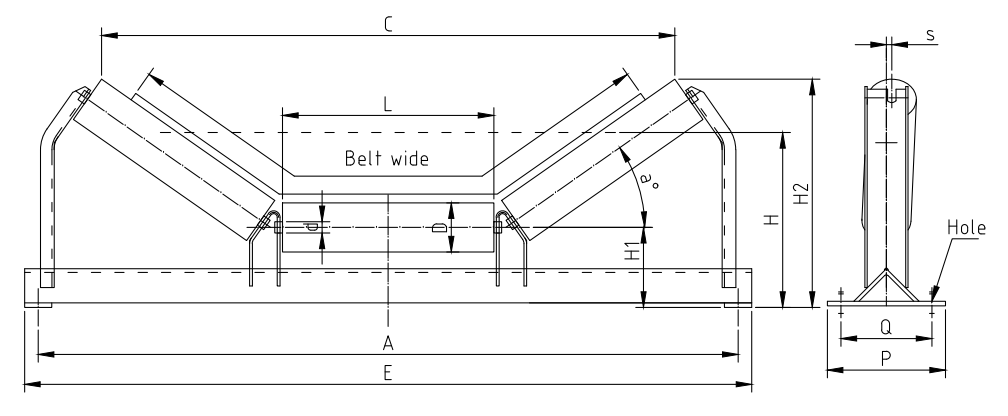 Afrikaans
Afrikaans  Albanian
Albanian  Amharic
Amharic  Arabic
Arabic  Armenian
Armenian  Azerbaijani
Azerbaijani  Basque
Basque  Belarusian
Belarusian  Bengali
Bengali  Bosnian
Bosnian  Bulgarian
Bulgarian  Catalan
Catalan  Cebuano
Cebuano  Corsican
Corsican  Croatian
Croatian  Czech
Czech  Danish
Danish  Dutch
Dutch  English
English  Esperanto
Esperanto  Estonian
Estonian  Finnish
Finnish  French
French  Frisian
Frisian  Galician
Galician  Georgian
Georgian  German
German  Greek
Greek  Gujarati
Gujarati  Haitian Creole
Haitian Creole  hausa
hausa  hawaiian
hawaiian  Hebrew
Hebrew  Hindi
Hindi  Miao
Miao  Hungarian
Hungarian  Icelandic
Icelandic  igbo
igbo  Indonesian
Indonesian  irish
irish  Italian
Italian  Japanese
Japanese  Javanese
Javanese  Kannada
Kannada  kazakh
kazakh  Khmer
Khmer  Rwandese
Rwandese  Korean
Korean  Kurdish
Kurdish  Kyrgyz
Kyrgyz  Lao
Lao  Latin
Latin  Latvian
Latvian  Lithuanian
Lithuanian  Luxembourgish
Luxembourgish  Macedonian
Macedonian  Malgashi
Malgashi  Malay
Malay  Malayalam
Malayalam  Maltese
Maltese  Maori
Maori  Marathi
Marathi  Mongolian
Mongolian  Myanmar
Myanmar  Nepali
Nepali  Norwegian
Norwegian  Norwegian
Norwegian  Occitan
Occitan  Pashto
Pashto  Persian
Persian  Polish
Polish  Portuguese
Portuguese  Punjabi
Punjabi  Romanian
Romanian  Russian
Russian  Samoan
Samoan  Scottish Gaelic
Scottish Gaelic  Serbian
Serbian  Sesotho
Sesotho  Shona
Shona  Sindhi
Sindhi  Sinhala
Sinhala  Slovak
Slovak  Slovenian
Slovenian  Somali
Somali  Spanish
Spanish  Sundanese
Sundanese  Swahili
Swahili  Swedish
Swedish  Tagalog
Tagalog  Tajik
Tajik  Tamil
Tamil  Tatar
Tatar  Telugu
Telugu  Thai
Thai  Turkish
Turkish  Turkmen
Turkmen  Ukrainian
Ukrainian  Urdu
Urdu  Uighur
Uighur  Uzbek
Uzbek  Vietnamese
Vietnamese  Welsh
Welsh  Bantu
Bantu  Yiddish
Yiddish  Yoruba
Yoruba  Zulu
Zulu Understanding Conveyor Head and Tail Pulleys for Efficient Material Handling Systems
Understanding Conveyor Head and Tail Pulleys Key Components in Material Handling Systems
In industrial settings, conveyor systems play a crucial role in the efficient handling and transportation of materials. Among the many components that make up these systems, head and tail pulleys are essential for the effective operation of belt conveyors. Understanding their functions, types, and maintenance is vital for optimizing conveyor performance and ensuring safety in material handling operations.
Head Pulleys
Head pulleys are typically located at the discharge end of the conveyor system. Their primary function is to drive the conveyor belt. This is achieved through the arrangement of a motor and gearbox connected to the head pulley, allowing the belt to move and transport materials from one location to another. The design of head pulleys varies, and they can be made from various materials, including steel or rubber, depending on the application requirements.
One of the critical features of head pulleys is their ability to provide belt tension, which is necessary for the stable operation of the conveyor. Properly adjusted tension allows for optimal performance, reducing the risk of slippage or misalignment. In addition, head pulleys often come equipped with a crown, designed to help keep the belt centered and aligned during operation, preventing wear and potential failures.
Tail Pulleys
On the other end of the conveyor system lies the tail pulley, which is essential for supporting the return side of the conveyor belt. The tail pulley not only provides idler support for the belt but also plays a role in maintaining proper tension across the system. Tail pulleys are generally located at the loading end of the conveyor, where materials enter and are transported away.
conveyor head and tail pulley

Tail pulleys are typically designed to be smooth and can be adjustable to help maintain the necessary belt tension. They also serve a critical role in the return path of the conveyor, ensuring that the belt moves smoothly back to the head pulley without any unnecessary wear. Their construction can also vary, and they may feature designs such as rubber lagging to improve grip and reduce slippage.
Maintenance and Best Practices
The operation and longevity of both head and tail pulleys depend significantly on regular maintenance. Performing periodic inspections is crucial in identifying wear and tear on pulleys and detecting alignment issues that may lead to larger system problems. Ensuring that pulleys are free from debris and properly lubricated contributes to optimal performance and extends the life of the components.
Another best practice is to monitor the tension of the conveyor belt consistently. A belt that is too tight can cause undue stress on the pulleys and other components, while a belt that is too loose can lead to slippage, misalignment, and excess wear. Proper tensioning can prevent these issues, improving both efficiency and safety.
Conclusion
Conveyor head and tail pulleys are vital components of any material handling system. Understanding their functions and ensuring proper maintenance can significantly enhance the efficiency, safety, and longevity of conveyor operations. By paying attention to these critical elements, businesses can ensure smooth and effective material transport, which is essential in today’s fast-paced industrial environments.
-
Revolutionizing Conveyor Reliability with Advanced Rubber Lagging PulleysNewsJul.22,2025
-
Powering Precision and Durability with Expert Manufacturers of Conveyor ComponentsNewsJul.22,2025
-
Optimizing Conveyor Systems with Advanced Conveyor AccessoriesNewsJul.22,2025
-
Maximize Conveyor Efficiency with Quality Conveyor Idler PulleysNewsJul.22,2025
-
Future-Proof Your Conveyor System with High-Performance Polyurethane RollerNewsJul.22,2025
-
Driving Efficiency Forward with Quality Idlers and RollersNewsJul.22,2025





























